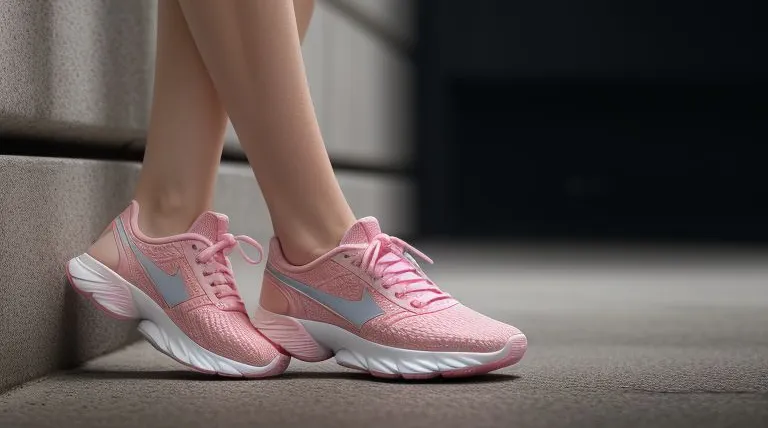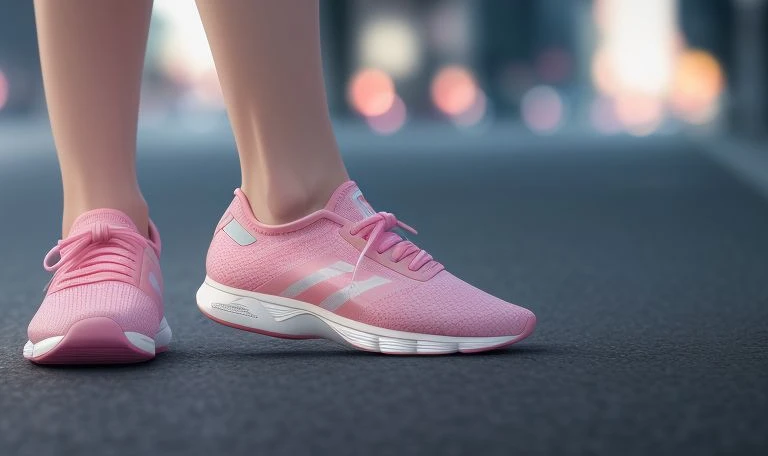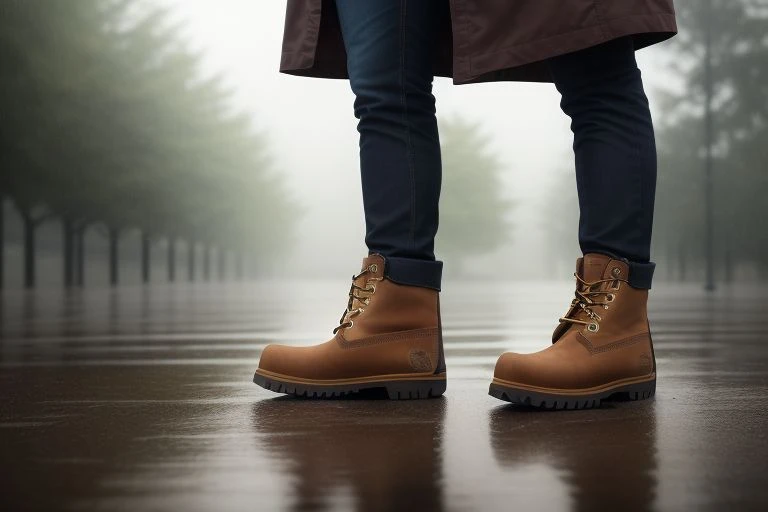How to Soften Leather Boots: Care Guide for Comfort
How to Soften Leather Boots? – There’s nothing like a pair of perfectly fitting, soft leather boots. But, if you’ve ever purchased a new pair, you know they sometimes need coaxing to become your comfortable companions.
Leather boots can initially be quite rigid and uncomfortable, which can be a real pain! Thankfully, there are proven ways to soften leather boots and make them as comfortable as your favourite pair of sneakers.
Let’s delve into the world of leather boots and discover the secrets of softening them for maximum comfort.
Table of Contents
How to Soften Leather Boots?

1. Clean your boots thoroughly, brush off loose dirt and wipe them down with a slightly damp cloth.
2. Allow your boots to air dry naturally, away from direct heat or sunlight.
3. Choose a leather softening agent suitable for your boot’s specific type of leather. Remember, some agents may alter the boot’s colour or finish.
4. Conduct a spot test with the chosen softening agent on an inconspicuous boot area to ensure it won’t adversely affect the colour.
5. Use a soft cloth to evenly apply the softening agent across the boot’s entire surface, ensuring all areas are covered.
6. Allow the boots ample time to absorb the agent fully. This may take several hours or even need to be left overnight.
7. Once fully absorbed, gradually break in your boots by wearing them for short periods and slowly increasing the duration over time.
8. Regularly maintain the softness of your boots with periodic applications of the softening agent, while cleaning them thoroughly before each application.
9. If boots become overly soft, consider using a leather stiffening agent or consulting a leather care professional.
Understanding Why Leather Boots Need Softening

The stiffness and durability of leather, while contributing to its high quality and long-lasting nature, also require a softening process for optimal comfort. When you first purchase leather boots, you might notice they can feel hard and inflexible.
This is due to the natural rigidity of leather, which can lead to discomfort, blisters, or even sores when worn without any softening treatment. By undergoing the process of softening, the leather becomes more pliable and can better conform to the unique shape of your foot.
Not only does this significantly increase comfort, but it also prevents potential damage to the boots. When leather is too stiff, it can develop cracks or splits over time, particularly in areas with a lot of movement or stress.
Therefore, softening the leather enhances the comfort of wearing the boots and extends their durability, giving you the most value from your investment.
Remember, leather boot softening is essential in ensuring that your stylish, durable footwear remains comfortable and in great condition for the long haul.
Cleaning Your Boots Before Softening
The initial step to softening your leather boots is to thoroughly clean them. This is because any dust, grime, or debris on the boots can obstruct the full penetration of the softening agent into the leather.
Begin the cleaning process by using a gentle brush to eliminate any loose dirt from the surface of the boots. After brushing, wiping down your boots using a cloth dampened with a little water to remove remaining dirt or grime is advisable.
Ensure you do not saturate the boots as excess water can damage the leather. Instead, a slight dampness should suffice. After cleaning, it’s vital to let your boots dry fully.
But be aware, you should never speed up the drying process with a heat source such as a hairdryer or radiator as these can cause the leather to shrink or crack. Instead, always allow your boots to air dry naturally in a well-ventilated spot, away from direct sunlight.
Once completely dry, your boots are prepared and ready for the softening treatment. This effective cleaning stage primes your boots for maximum absorption of the softening agent, paving the way for the next steps towards achieving that comfortable, perfect fit.
Selecting the Right Leather Softening Agent
When it comes to choosing a softening agent for your leather boots, it’s crucial to remember that not all products are created equal. There’s a wide array of softening agents out there, from oils to conditioners and specialized softeners, and the key is to find the one that best suits the specific type of leather of your boots.
Some commonly used products include mink oil, leather honey conditioner, and saddle soap. However, the leather type and desired result should drive your choice.
For example, some products may be better suited for thick, rugged leather, while others may work best on fine, delicate leather.
Additionally, some products may alter the colour or finish of the leather, so it’s essential to keep this in mind when making your selection. You should also factor in your preferences, such as how you want the boots to look and feel after the treatment.
So take your time, do your research, and select a product that aligns with both the needs of your boots and your personal style.
This will ensure that the softening process goes smoothly, and you end up with a pair of boots that are softer, more comfortable, visually appealing, and perfectly suited to you.
Applying the Softening Agent to Your Boots
The application process can begin after you’ve chosen the ideal softening agent for your boots. To prevent any unexpected changes in the boot color, first conduct a spot test on a small, inconspicuous area.
Once you’ve confirmed the agent doesn’t adversely affect the color, get a soft cloth to apply the product. Distribute it evenly across the entire boot surface, ensuring all areas, including seams and crevices, are adequately covered.
Remember, the goal is a thin, even layer, not a thick coat that could oversaturate the leather. Once the boots are fully treated, allow them enough time to absorb the agent completely. This absorption process can take several hours, sometimes even needing to be left overnight.
The absorption time can depend on the thickness and type of leather and the specific softening agent used. Avoid wearing or handling the boots excessively during this time, as it could interfere with absorption.
Giving your boots the time they need to soak in the softening agent fully is crucial, as this is a vital step in the softening process. Patience is key here, as rushing could lead to less-than-optimal results.
After the boots have absorbed the product completely, you’re ready to move on to the next step: breaking in your boots.
Breaking in Your Boots Gradually
After your boots fully absorb the softening agent, the next pivotal step towards achieving ultimate comfort begins: breaking in your boots. This process should not be rushed, as it allows your boots to gradually adapt to the contours and movement of your feet.
Start with wearing your newly softened boots inside your home briefly. This could be while doing light chores or just relaxing. The idea is to start gently to avoid causing any blisters or discomfort.
Over the next several days or even weeks, incrementally increase the time you spend wearing your boots. This could mean wearing them for an extended period at home or beginning to wear them for short outings.
As your boots mold to the shape of your feet, you will notice a significant increase in comfort. Don’t be alarmed if some stiffness persists during this period, as it’s a natural part of the breaking-in process. Just keep in mind that gradual progression is key here.
If any discomfort persists, go back to wearing them for shorter periods and gradually work up again. This methodical and patient approach will allow your boots to become the most comfortable they can be, ready for any adventure you may take them on.
Regular Maintenance for Long Lasting Softness
The journey towards soft, comfortable leather boots doesn’t end with the initial softening process. It’s an ongoing commitment that requires consistent upkeep. The softness of your boots, much like any valuable asset, must be maintained to keep them at their best.
How often should you apply a softening agent? This depends on the frequency of use and the conditions you wear your boots. For instance, if you wear your boots daily or expose them to harsh weather, you might need to soften them more frequently. A good rule of thumb is to treat them every couple of months.
Reapplying the softening agent isn’t a tedious process. Just remember to clean the boots thoroughly before each application. This ensures the agent penetrates the leather effectively, resulting in a more thorough and lasting softness. After the application, give the boots ample time to absorb the agent, just as you did during the initial softening process.
Take note of any changes in the leather’s texture or color during these regular maintenance procedures. If you notice the boots becoming overly soft, losing their shape, or showing any other undesirable changes, it may be time to reassess the type or frequency of the softening agent you’re using.
Dealing with Over-Softened Leather
Sometimes, boots can become too soft in our quest to achieve the perfect level of comfort. This can lead to a lack of structure or support, making them less comfortable and potentially causing them to wear out faster.
In such instances, a leather stiffening agent may be necessary to restore their shape and structure. The agent will help firm up the leather without compromising its softness and comfort.
Alternatively, if the issue persists, consulting with a leather care professional might be wise. They can assess the condition of your boots and recommend an appropriate course of action, which could include repairs or modifications.
Don’t despair if your boots have lost shape due to over-softening, don’t despair. With the right measures, they can be restored and continue to serve you well.
Always remember that the goal is to balance softness for comfort and rigidity for structure and support. Finding this balance will ensure your boots remain both comfortable to wear and durable enough for your adventures.








